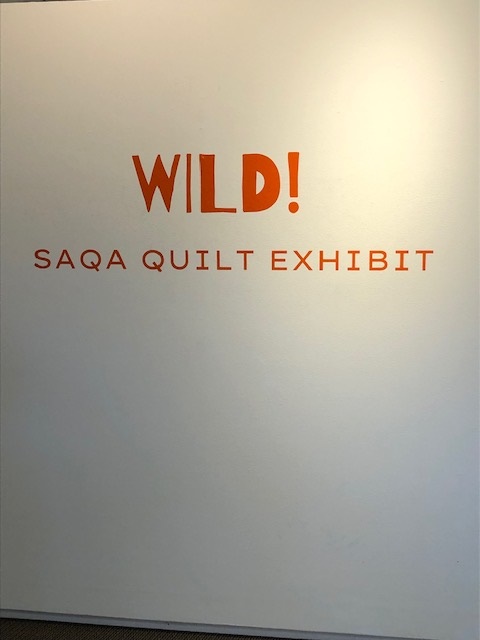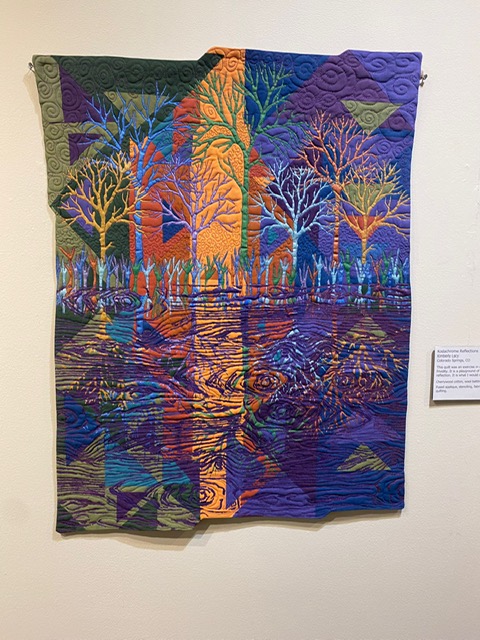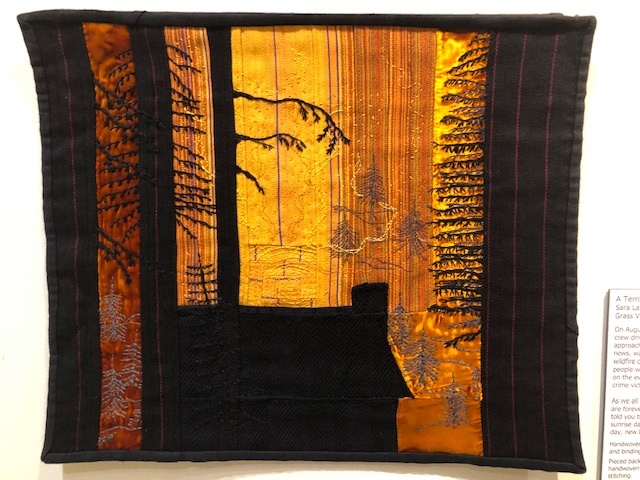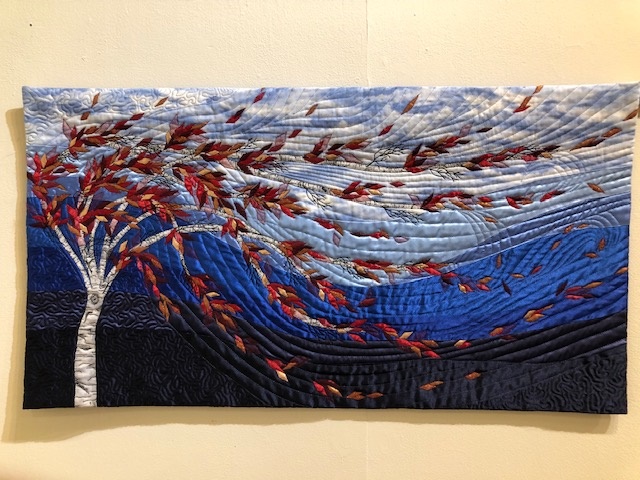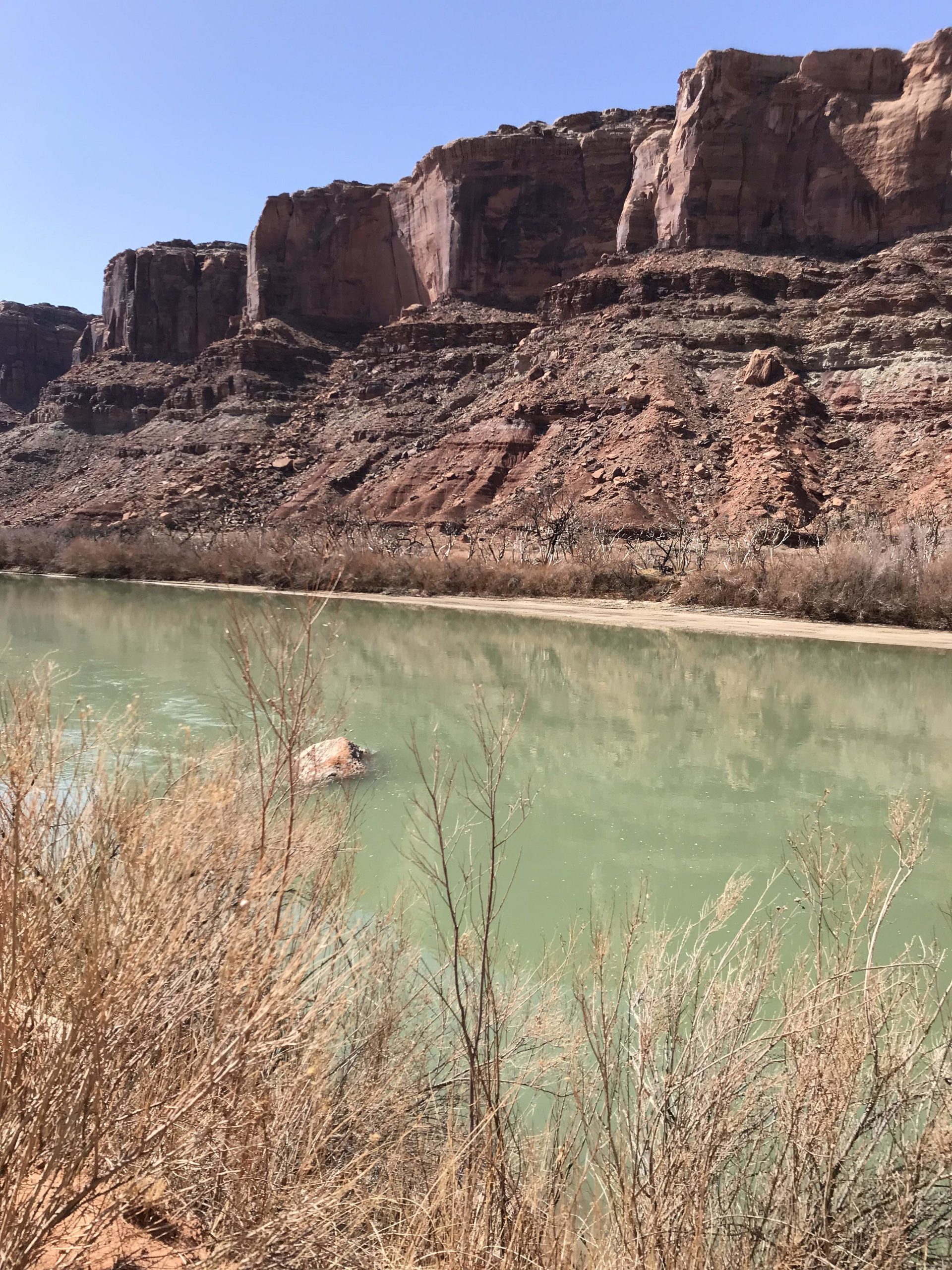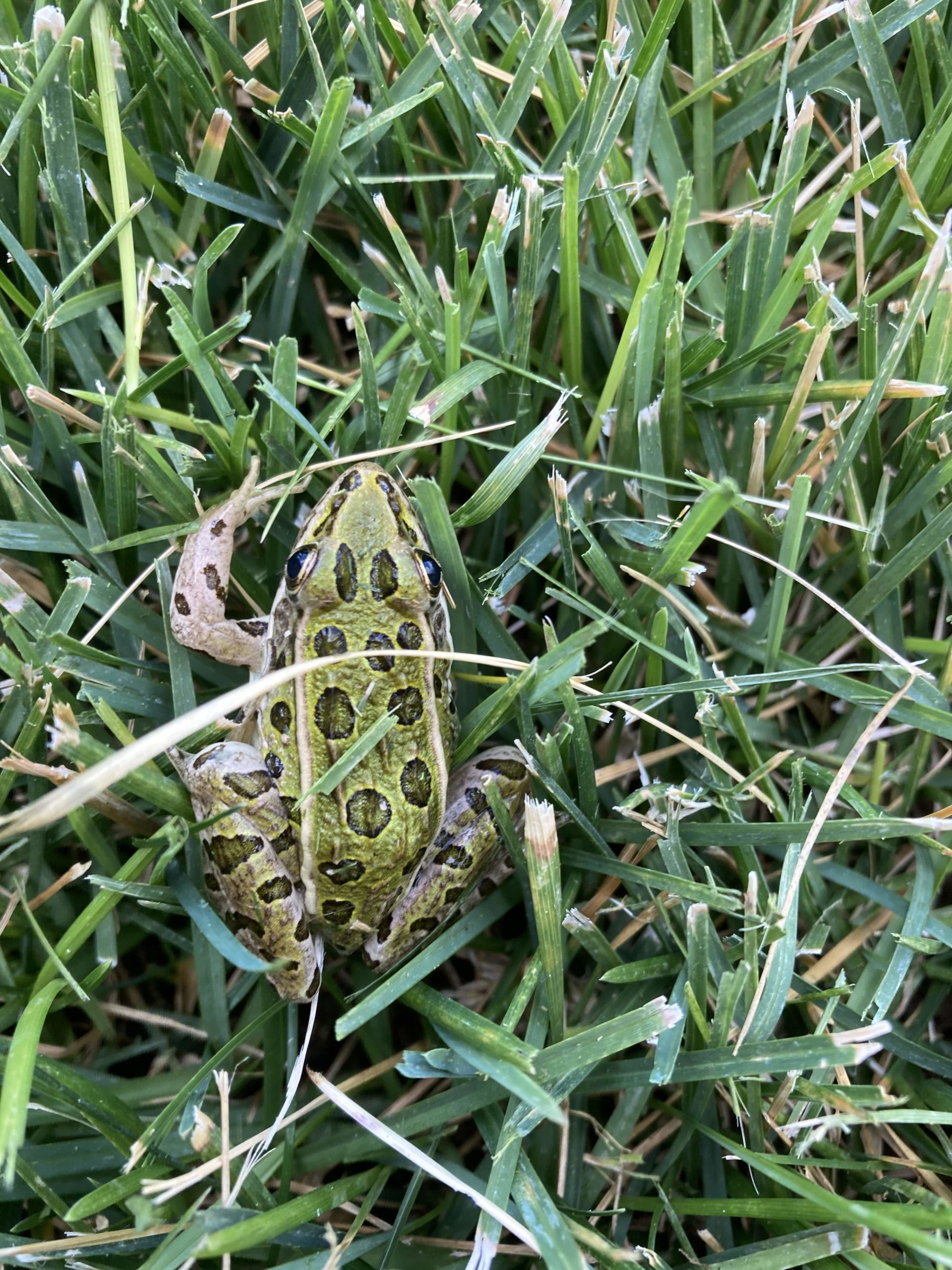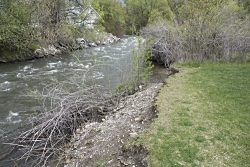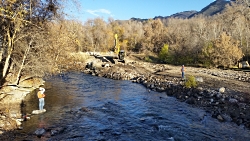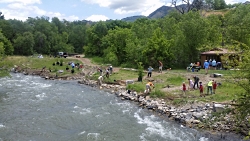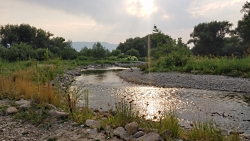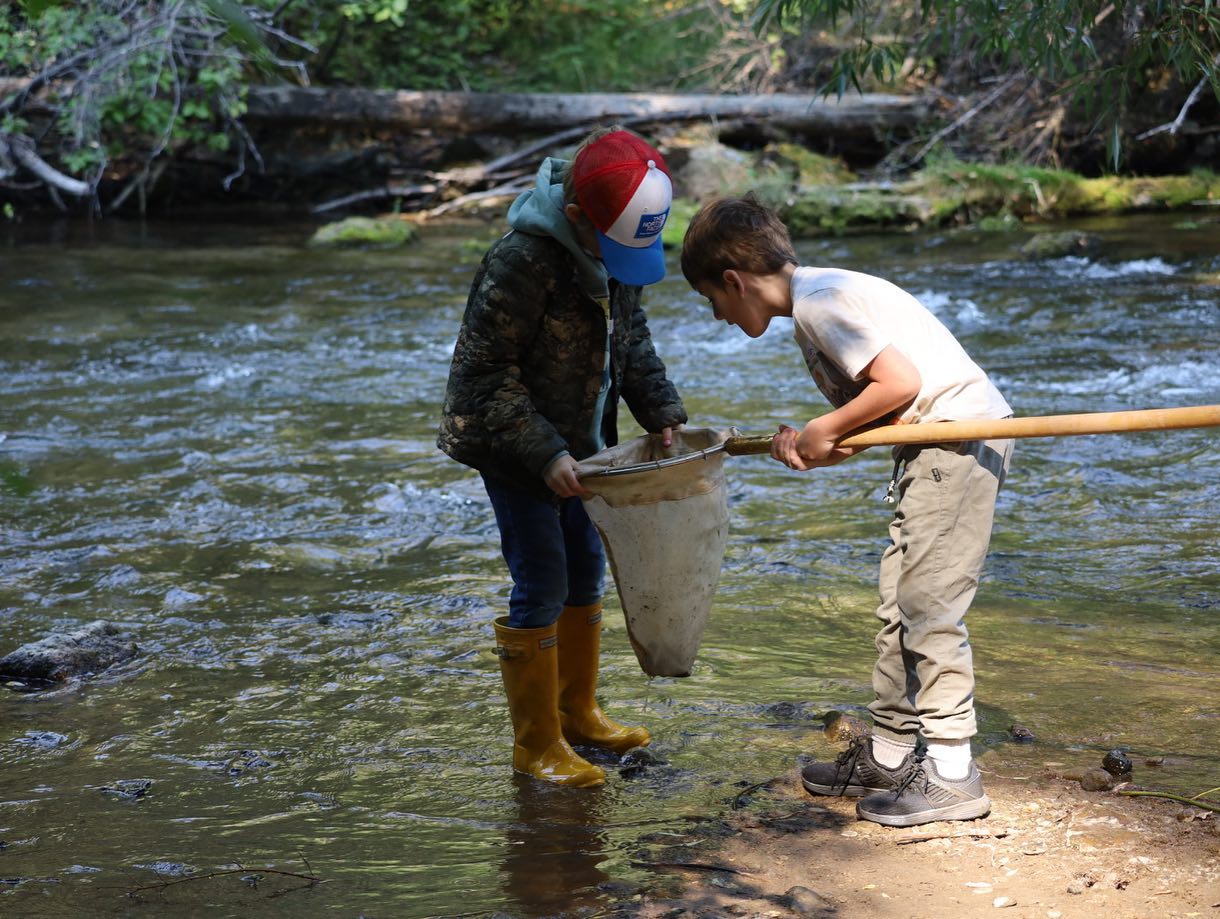
Courtesy & Copyright Edith Bowen Laboratory School (EBLS)
Experiential Learning Eric Newell Director & Photographer
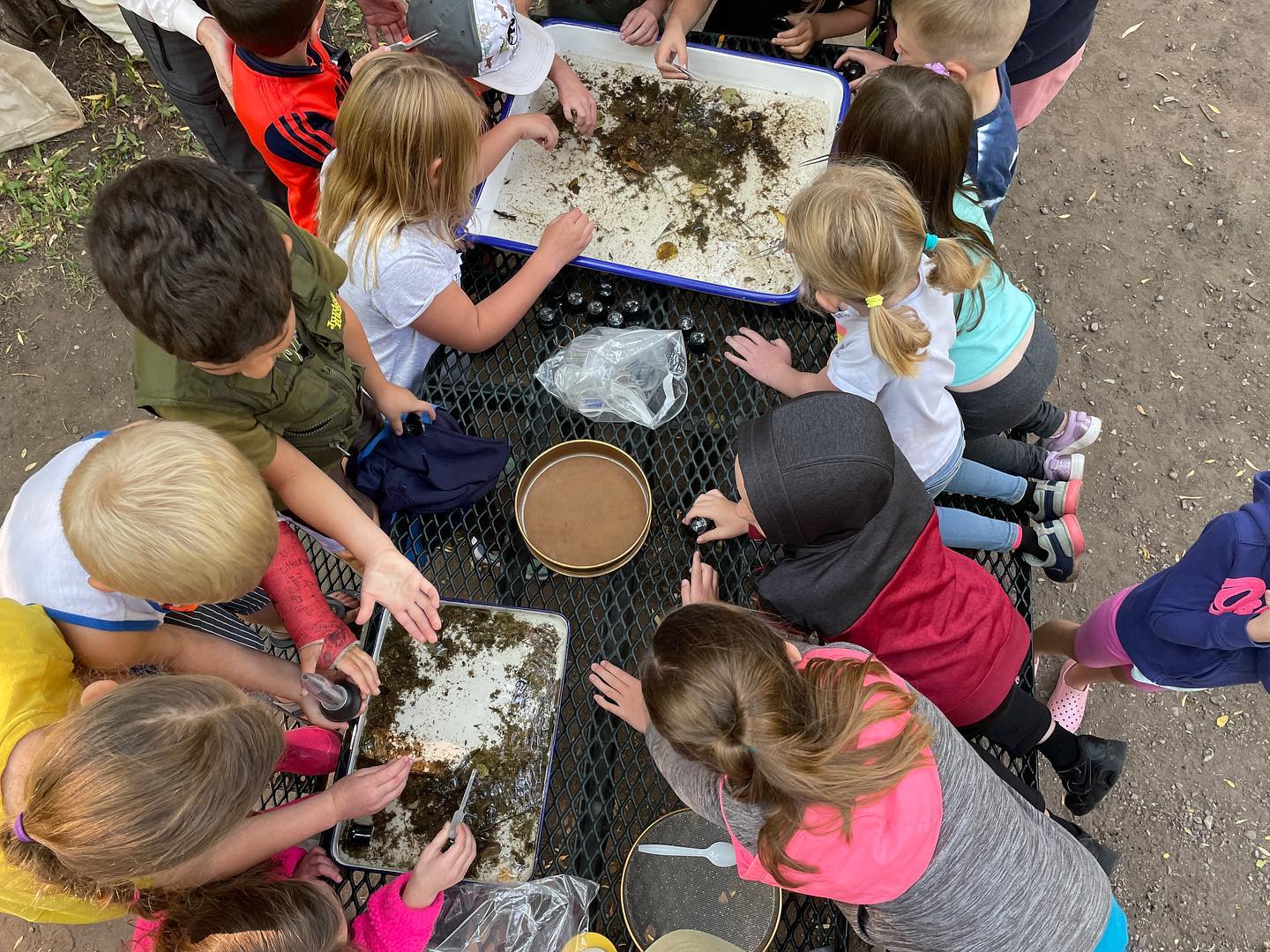 Benthic Macroinvertebrate Harvest
Benthic Macroinvertebrate Harvest
Courtesy & Copyright Edith Bowen Laboratory School (EBLS)
Experiential Learning Eric Newell Director & Photographer
Merriam-Webster Benthic: of, relating to, or occurring at the bottom of a body of water
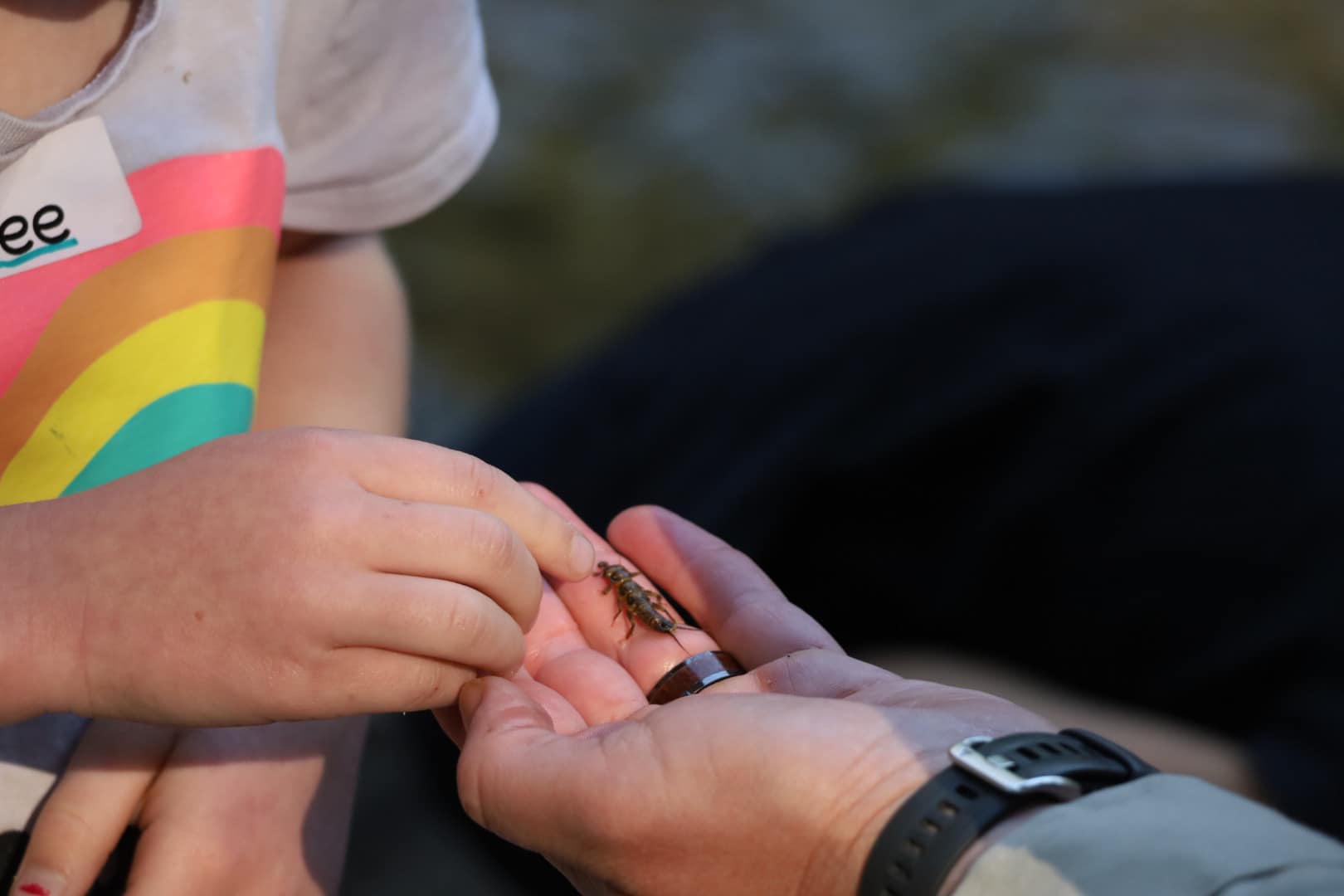 Student with a Stonefly Nymph
Student with a Stonefly Nymph
Courtesy & Copyright Edith Bowen Laboratory School (EBLS)
Experiential Learning Eric Newell Director & Photographer
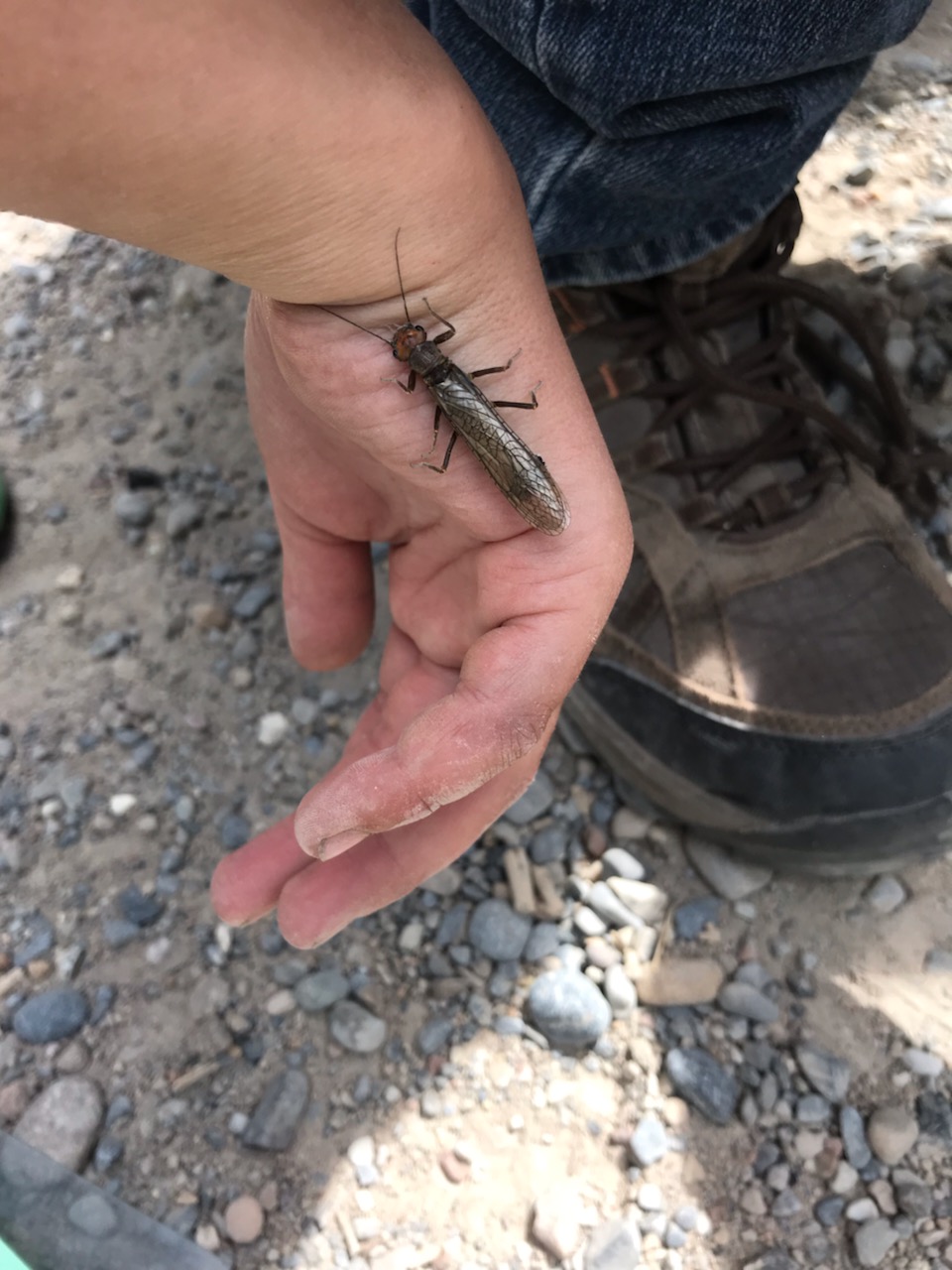 Stonefly
Stonefly
Courtesy & Copyright Edith Bowen Laboratory School (EBLS)
Experiential Learning Eric Newell Director & Photographer
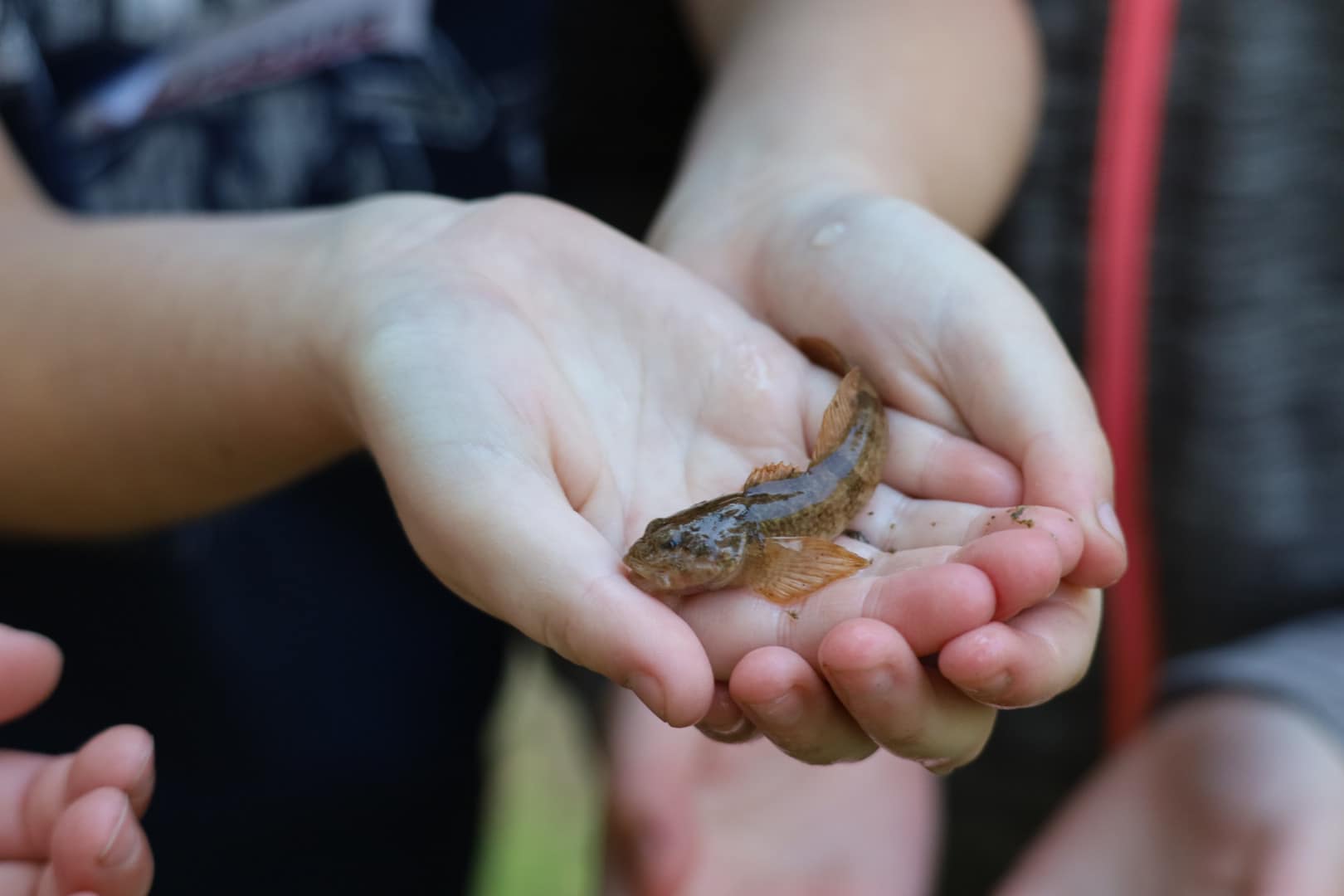 Sculpin
Sculpin
Courtesy & Copyright Edith Bowen Laboratory School (EBLS)
Experiential Learning Eric Newell Director & PhotographerI remember my father on wintery Saturdays mounting his fly tying vice on the kitchen table, and then, from the cavern under the stairs, he’d emerge with his hooks, pheasant and peacock feathers, and other magical threads. I’d watch him spin intricate flies but never realized as a child that they were imitations of creatures I would meet and teach in the wild. When he took me to lakes and rivers to fish, we just used worms and pink marshmallows.
On an animal adaptation learning journey at Wood Camp along the Logan River this fall, our Edith Bowen Laboratory School first graders turned over river rocks, sweeping up all sorts of aquatic critters with nets and buckets to then probe playfully with tweezers and bare fingers. Trip Armstrong, Assistant Director of the National Aquatic Monitoring Center at Utah State University’s Department of Watershed Sciences, led our young investigators and several adult volunteers in identifying these benthic macroinvertebrates, especially the stonefly nymphs we found in every scoop.
These especially intrigued the children because they resemble something from outer space scurrying about on six legs. Stoneflies, both the nymphs and the adult insects, are large compared to mayfly and other critters you find in a river sample, so they stand out in a crowd. The adults have long wings, thus the Greek name Plecoptera meaning “braided wings,” but they are known to be poor fliers. The larvae have two tails or what biologists call cerci, while mayflies have three. Stoneflies have two hooks on their legs; mayflies have one. Stoneflies like oxygen-rich water flowing through their gills along their thorax and under their legs. We noticed some doing push-ups in the bin of river water, indicating it was time to return them to their habitat. Both mayfly and stonefly nymphs are pollution-sensitive, so finding them in such large numbers indicated that this part of the river was very healthy.
When a student approached from the river’s edge with a larger specimen cupped in her hands, I was stunned and a little spooked. “It’s a sculpin,” Armstrong said. These are bottom-dwelling fish that some say are basically big mouths with tails and have unflattering nicknames like “double uglies,” yet I learned later they are quite common. I’d just never met one. In fact, although biologists have determined that the Utah Lake sculpin has been extinct since the 1930s, the native Bear Lake sculpin and sculpin living in the Logan River are sources of food for the Bonneville Cutthroat and other trout.
I guess the lesson, as a wise first grader reminded me this week during our opinion writing session, is “Don’t yuck somebody’s yum.” Stoneflies and sculpin: flyfishers and bigger fish love them. I’m thankful for opportunities to teach in Utah’s wild places because every time I do, I learn something new.
I am Shannon Rhodes, and I’m wild about Utah.
Credits:
Images: Courtesy & Copyright Edith Bowen Laboratory School (EBLS)
Experiential Learning Eric Newell Director & Photographer https://edithbowen.usu.edu/
Audio: Courtesy & © J. Chase and K.W. Baldwin
Text: Shannon Rhodes, Edith Bowen Laboratory School, Utah State University https://edithbowen.usu.edu/https://edithbowen.usu.edu/
Additional Reading Links: Shannon Rhodes
Additional Reading
Beaudreau, Andrea. 2017. Why I Love Sculpins (and Why You Should Too). Coastal Fisheries Ecology Lab. https://annebeaudreau.com/2017/09/05/why-i-love-sculpins/
Bouchard, R.W. Jr. 2004. Guide to Aquatic Invertebrates of the Upper Midwest. 2004. https://dep.wv.gov/WWE/getinvolved/sos/Documents/Benthic/UMW/Plecoptera.pdf
Curtis, Jennifer Keats with Stroud Water Research Center. 2020. Arbordale Publishing. https://www.arbordalepublishing.com/bookpage.php?id=CreekCritters
Dickey, Amy. Water Quality and Macroinvertebrates. https://deq.utah.gov/communication/news/water-quality-macroinvertebrates
Larese-Casanova, Mark. 2013. Aquatic Insects, Harbingers of Health. Wild About Utah, https://wildaboututah.org/aquatic-insects-harbingers-of-health/
Leavitt, Shauna. 2017. Bear Lake Sculpin. Wild About Utah, https://wildaboututah.org/bear-lake-sculpin-cottus-extensus/
National Aquatic Monitoring Center. https://namc-usu.org/
Pennsylvania League of Angling Youth. 2006. PLAY. https://www.fishandboat.com/LearningCenter/PennsylvaniaLeagueofAnglingYouthPLAY/Documents/AquaticMacrosEnaElpaMayflyPondstream_Allpages.pdf
Stroud Water Research Center. Macroinvertebrate Resources. https://stroudcenter.org/macros/
Utah Division of Wildlife Resources. Five Aquatic Species You May Not Know Live in Utah. Mottled Sculpin. https://wildlife.utah.gov/guidebooks/962-r657-29–government-records-access-management-act.html
Utah State University Extension. Bugs Don’t Bug Me. https://extension.usu.edu/waterquality/files-ou/Publications/AllBugs.pdf
Zarbock, William. 1952. Life History of the Utah Sculpin. Transactions of the American Fisheries Society. https://www.tandfonline.com/doi/abs/10.1577/1548-8659%281951%2981%5B249%3ALHOTUS%5D2.0.CO%3B2

